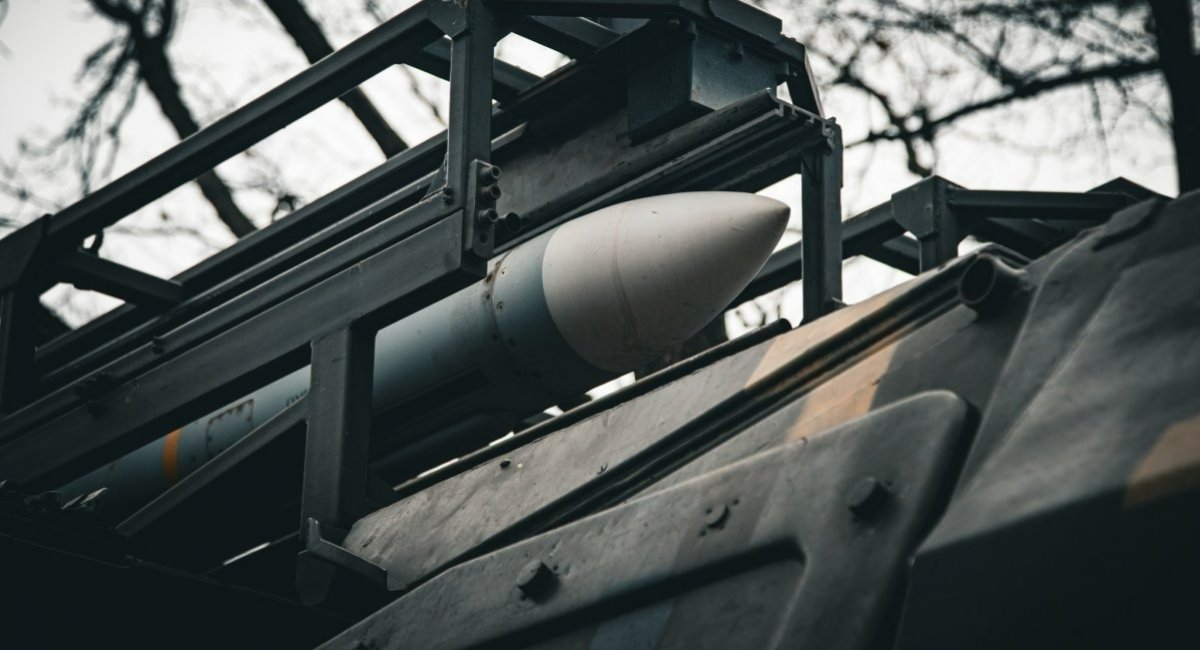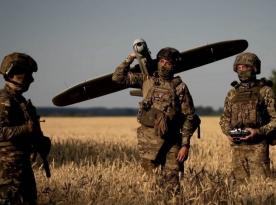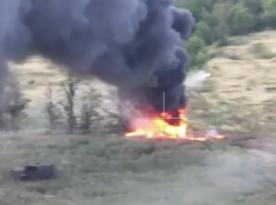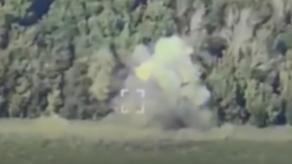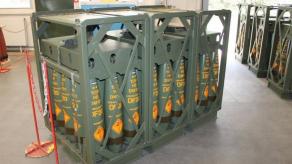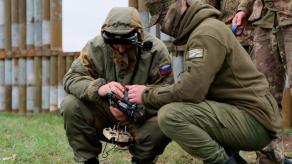After Washington’s confirmed decision to suspend the transfer of ammunition and missiles to Ukraine — a temporary measure with a risk of becoming permanent this time — it is important to understand what anti-aircraft missile systems Ukrainian air defense might be left with.
Without missile resupply, any air defense system, whether it’s a Patriot battery or a Stinger MANPADS, becomes effectively useless and may as well be locked away in storage.
Read more: Ukraine Wasn't Notified of U.S. Military Aid Halt: It Was the Same in March
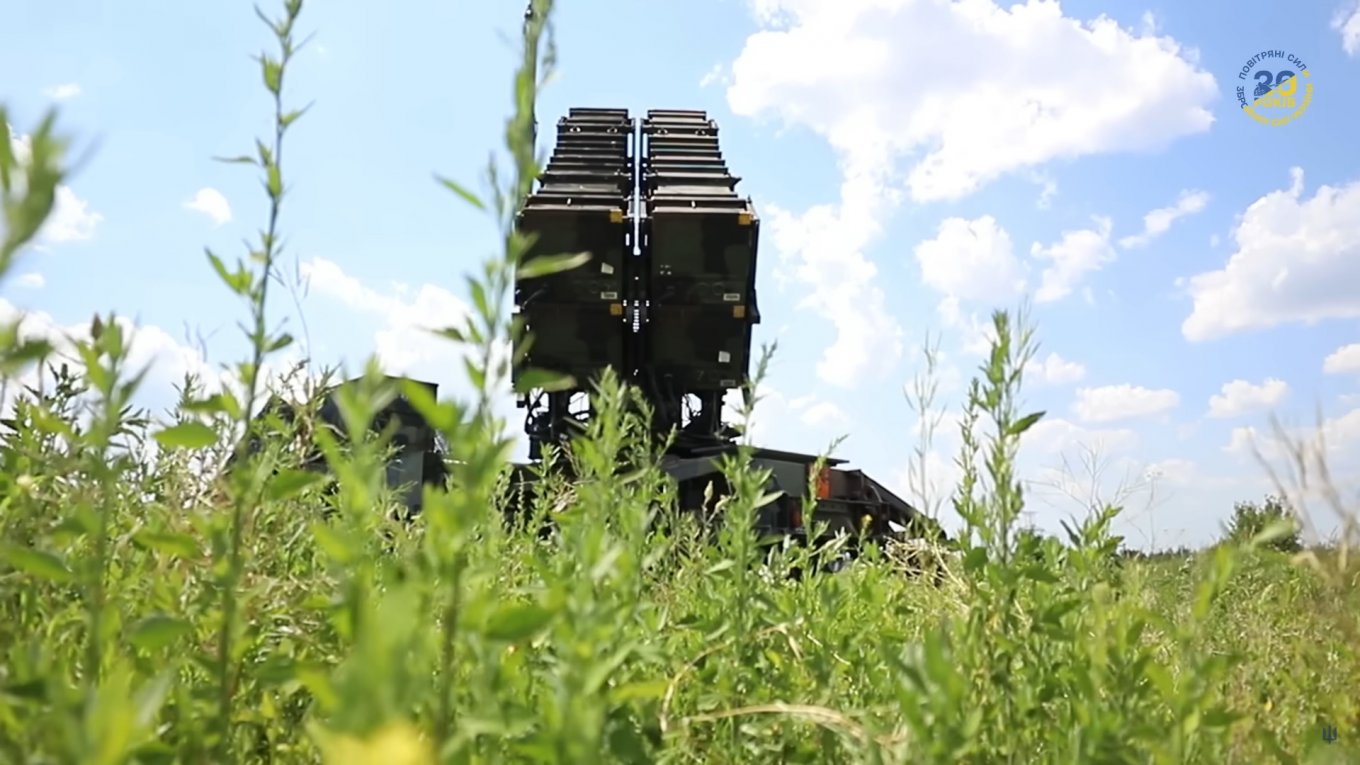
It was precisely such looming shortages that previously forced Ukraine to upgrade some of its Soviet-era systems, as their original missile stocks ran dry. This led to creative hybrid solutions like the so-called FrankenSAM Buks — Soviet Buk-M1 systems adapted to launch American AIM-7 missiles.
At the lowest air defense tier are MANPADS. Here, only the Stinger is American; the rest — Polish Piorun, French Mistral, Swedish RBS-70, and British Martlet (LLM) — are made outside the U.S. Ukraine may also still have stockpiles of Soviet-era Igla and Strela missiles.
In the short-range (up to 10 km) segment, notable systems include: the British Stormer platform with Martlet and Starstreak missiles; the German "Raketenwerfer 70mm auf Pick-up truck" system (real name unknown), using FZ275 Laser Guided Rockets (similar to APKWS); and the American Avenger with Stinger, as well as the Vampire system for APKWS.
Ukraine’s own short-range solutions include the Strela-10 and Osa, both in original and modified forms: some of them were adapted to use R-73 air-to-air missiles, launching them from the ground. The British Gravehawk, with container-shaped launchers, is likewise designed to fire R-73s.
Among short-range systems capable of hitting targets up to 20 km away, Ukraine fields the German IRIS-T SLS and British Raven (with ASRAAM missiles on a SupaCat chassis). The Spanish Spada system was reportedly offered back in 2022 but has yet to be spotted in Ukraine.
Legacy Soviet-era systems like the S-125 and Tor may still be in use — if there are missiles left for them. In this same range bracket, the Franken-Buks with American AIM-7 missiles may also qualify, given that the RIM-7’s known range is around 19 km.
For medium-range systems, the situation is more precarious. Among Western systems not reliant on U.S. missiles, only the German IRIS-T SLM remains. In contrast, the more numerous Norwegian NASAMS relies on AIM-9 and AIM-120 missiles — both American. The supply of effectors for the MIM-23 Hawk is also dependent on the U.S.
As for Soviet designs like the Buk and S-300P (originally using the 5V55 missile with a range of up to 75 km), Ukraine again faces the same critical issue: where to find missiles.
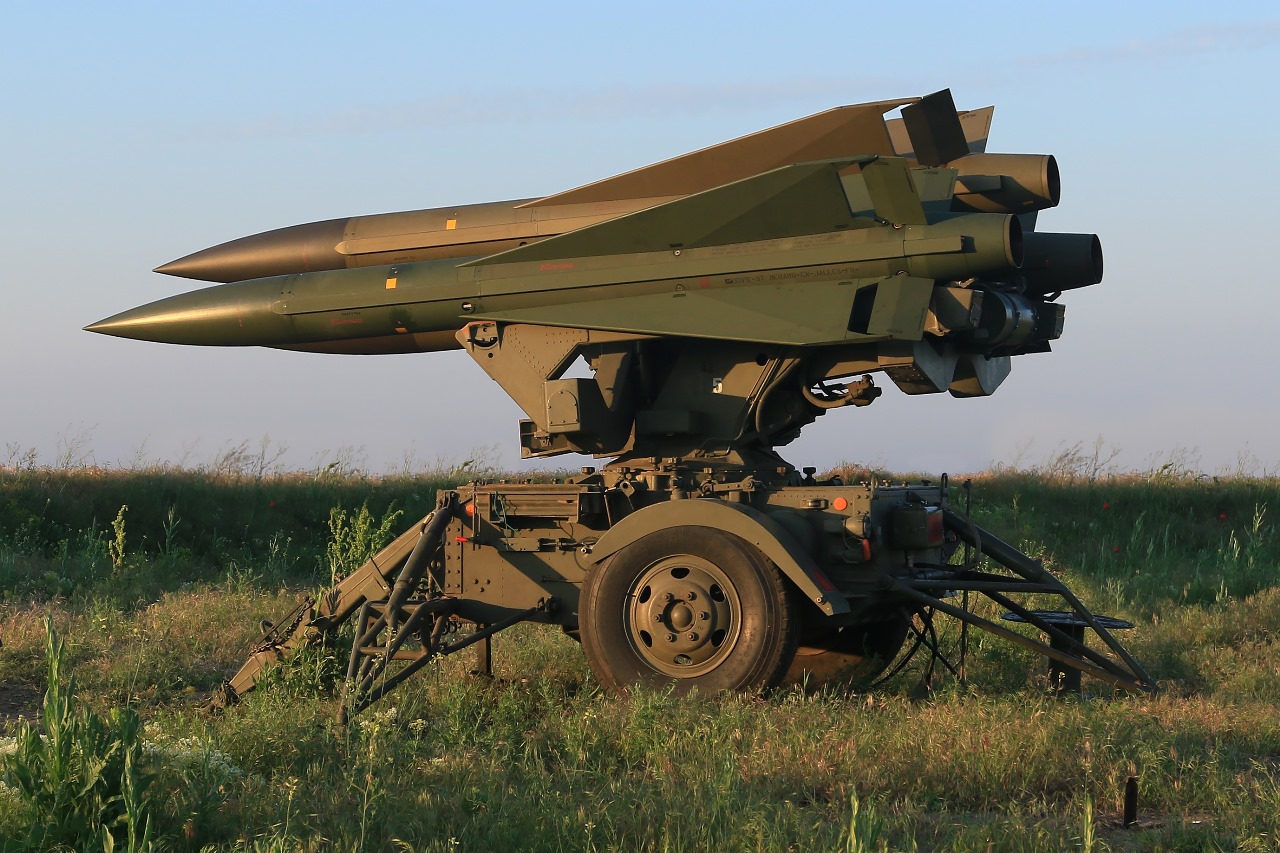
The long-range, anti-missile defense segment shows even more clearly that quantity matters as much as capability. While only two batteries of the French-Italian SAMP/T system have been delivered, Ukraine fields up to ten Patriot batteries, making the GEM-T and PAC-3 MSE missile supply vital. But even SAMP/T has reportedly faced shortages of interceptors.
Ultimately, Ukraine’s air defense remains heavily reliant on U.S. missile supplies: from Stinger and APKWS, to AIM-7, HAWK, GEM-T, MSE, and AIM-9/120. The latter is also necessary for Ukraine’s incoming and active F-16s to shoot down air threats.
On the other hand, Ukraine’s short-range and close-in defense, mostly built around anti-aircraft artillery and machine guns, remains far less dependent on American resupply. Finding the missiles for the lowest-tier air defense should also be within possible for European allies.
Read more: Sweden Seeks Long-Range Cruise Missiles to Strike russia, Because Deterrence Only Works That Way




